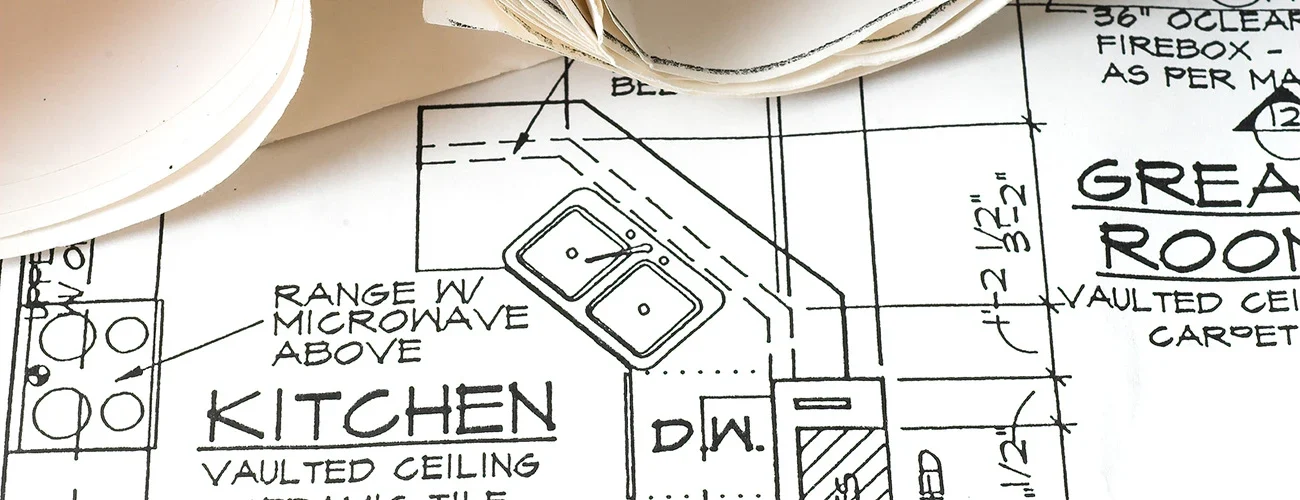In some circumstances, HOA community developers who find a construction project is underfunded will resort to taking out a loan to complete the work. While taking out a loan for a project can be necessary in certain situations, it’s far from an ideal solution. Ordinarily, the need to take on a special assessment or loan is the result of improper budgeting or insufficient planning (or both) in the years prior to starting a project. It’s known to be a negative indicator of an association’s financial health and will almost always result in a financial loss in the form of high interest payments. These special assessments can also affect the community negatively in the future, driving up costs for future owners for years to come.
Effective managers and boards try to avoid these loans and assessments at all costs; however, there are times where it is the last resort and the only option.
How Are Special Assessments Unfair?
Homeowners that join a community after it was constructed but who are charged special assessment fees are actually paying for the past depreciation of assets they didn’t benefit from. In some cases, it’s been described as “kicking the can up the hill.” It becomes a financial yoke around the community’s neck, both today and tomorrow.
The Unforeseen Negative Consequences of Special Assessments
When a community is forced to rely on special assessments, there are often unforeseen financial consequences. These might include higher delinquency rates for homeowner association dues, foreclosures, a higher number of units being placed in the market (which can depress marketability and housing value) and more deferred depreciation. It can also make it harder for unit owners to secure their own loans, and it can negatively impact the value of their own property. By in large property values are inversely proportional to monthly payments to live there, of which special assessments make up part of the total monthly payments.
Preventing the Need for Loans
The best way to prevent the negative consequences of a special assessment is to avoid the need for it in the first place. One way to accomplish this is to commission a reserve study early in the association’s lifespan, and long before money is needed. This study – which should be done sooner rather than later – can help developers and executive boards through the planning process, re-calculate their budget if needed and help meet the needs of unit owners to explain the entire process.
What Is a Reserve Study?
An HOA reserve study is an in-depth analysis and on-site inspection of an association’s assets. The reserve study serves as a long-term capital budget planning tool that identifies the current status of the reserve fund and a stable and equitable funding plan that will help offset ongoing deterioration. When done properly, the reserve study will ensure sufficient funds for anticipated major common area expenditures when they occur.
Paladin Property Management offers management of day-to-day operations for HOA’s, including reserve studies, maintenance requests, communication, collection of common charges, payment of vendors, bookkeeping, rule enforcement, resale packages and construction projects, as well as any other routine administrative responsibilities. Paladin also assists self-managed associations through the reserve study process. As a 3rd party consultant, we can help you find the perfect reserve study provider for you, schedule and oversee the on-site evaluation, help the association re-write their budget afterwards, and attend any subsequent unit owners’ meetings to vote on the updated budget. Since Paladin has served as a general contractor and service provider for many capital improvement projects at other associations, and have gone through obtaining reserve studies with numerous other clients, they are well positioned to lend their expertise in the field of construction, and help guide future clients through the process avoiding any mis-calculations or pitfalls. For more information or to contact us, call 860-395-8863 or visit our website.
